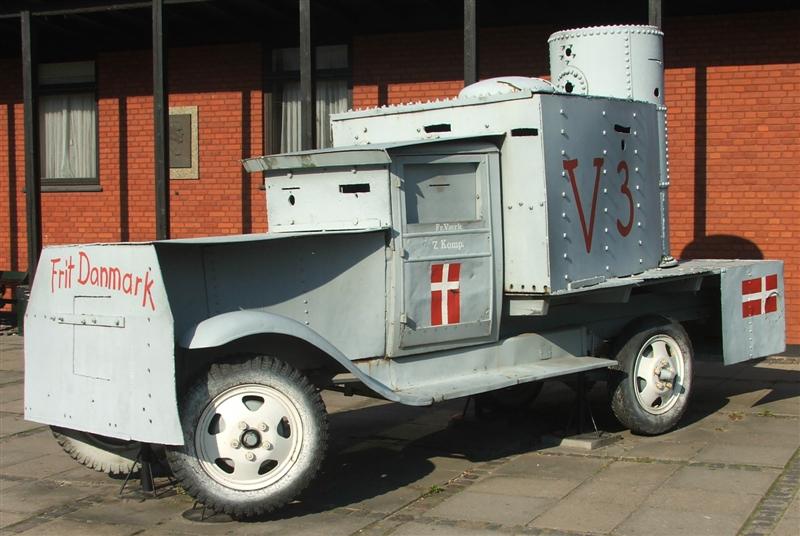Museum of Danish Resistance – Copenhagen
By Robert Kelly
I have been going to Copenhagen for years now and always wanted to visit this museum. Unfortunately, it burned to the ground a few years back, so I had to wait for it to be rebuilt. Then it was closed due to Covid-19, but fortunately, it had re-opened when I found myself in Copenhagen for a couple of days in September of this year. Much like an iceberg, most of the museum is built underground with the exception of the entrance and the canteen. This was intentional they told me and I think the effect is striking. To me, it looks like the conning tower of a submarine.
It is set up very similar to the Occupation Museum in Aarhus, which I described in my previous article. Instead of getting a coded set of “papers” you receive a receiver to allow you to listen to the interactive displays.
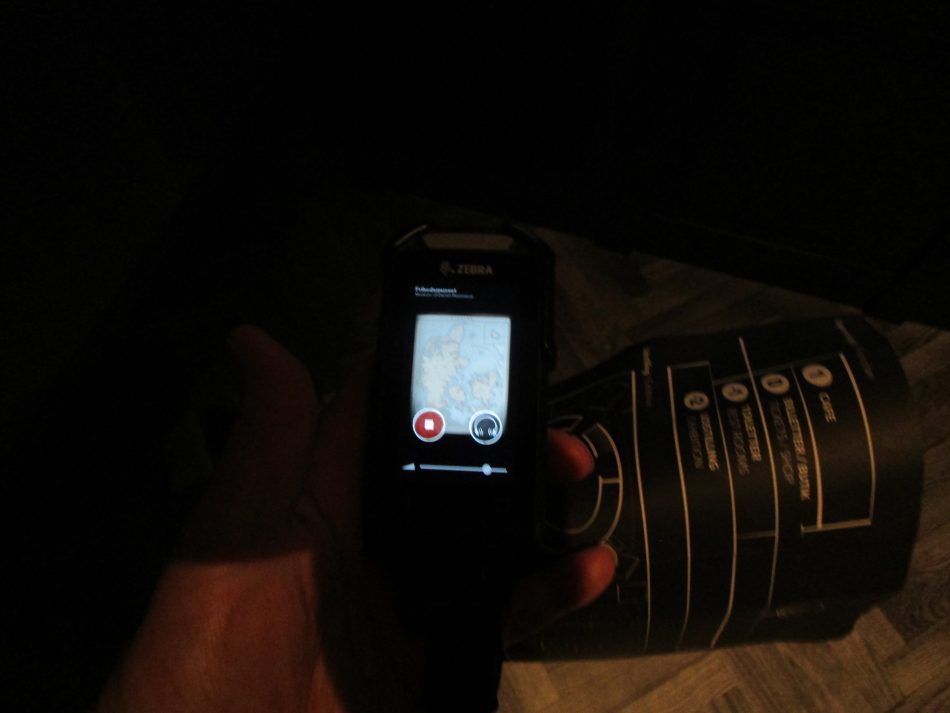
This shows the German invasion routes.
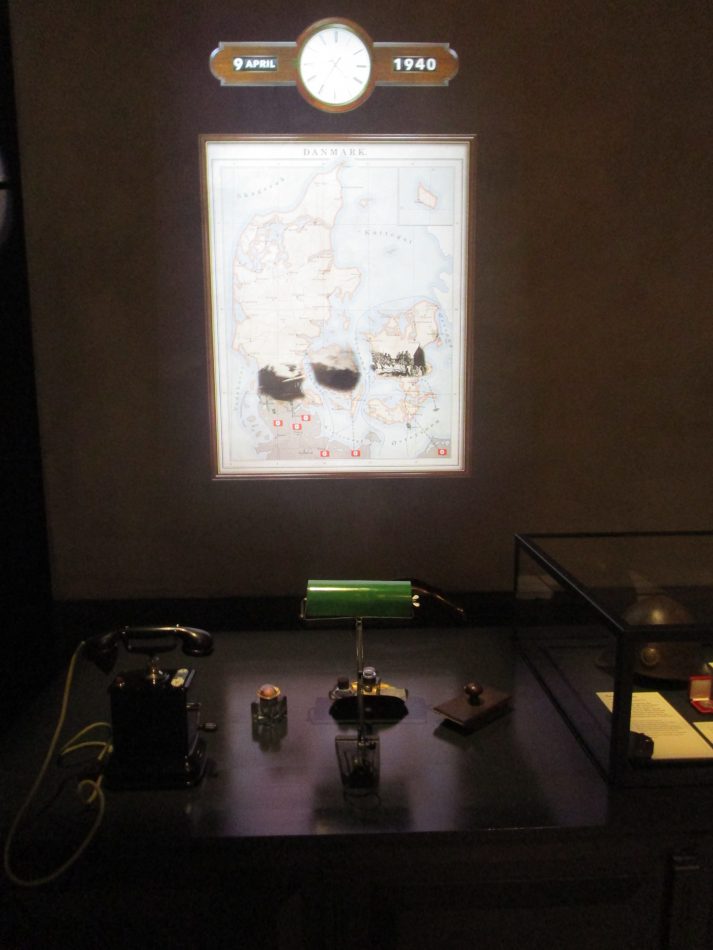
This display shows the medal and certificate that the next of kin of the 13 Danish soldiers and three border guards killed during the German invasion received from the Danish government. Note the unique Danish army helmet.
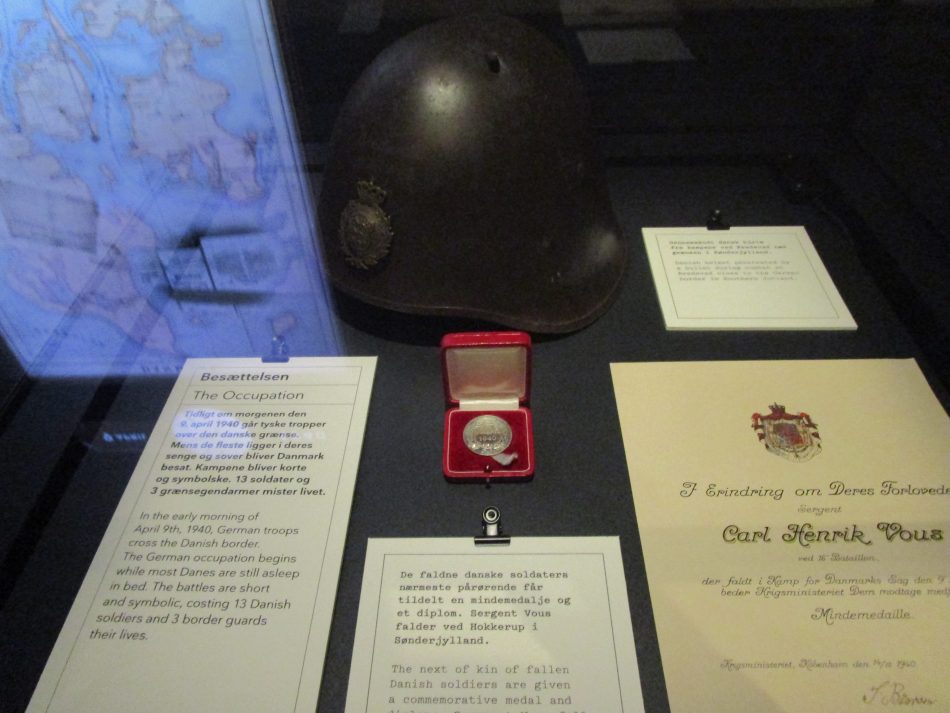
These are front pages of contemporary newspapers. As you went from area to area the headlines changed. It was an interesting way of telling the story of the war.


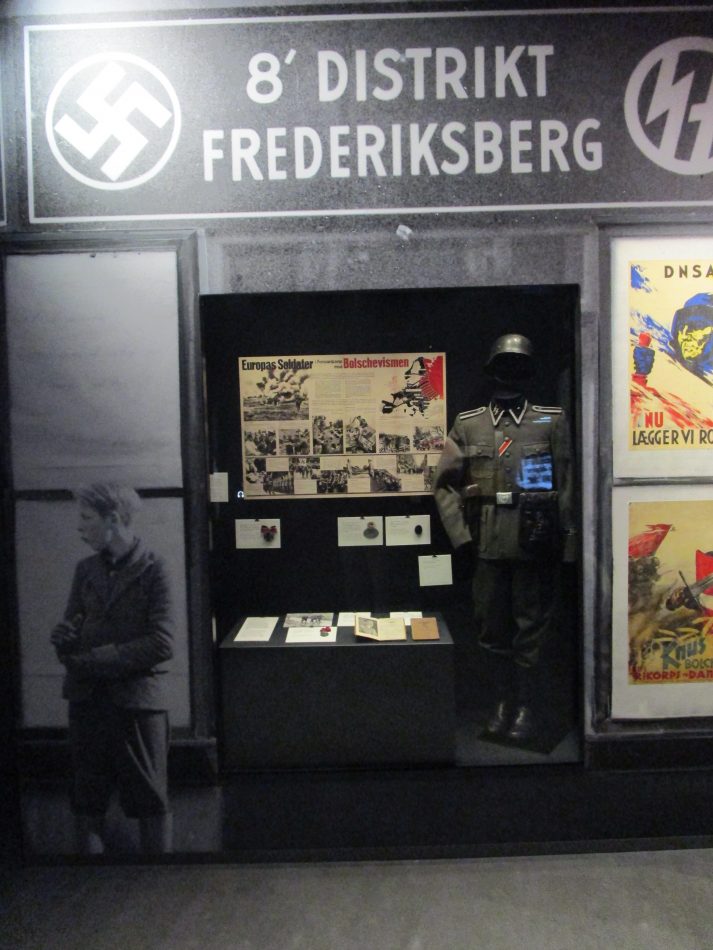
Danish Nazi Party badges.
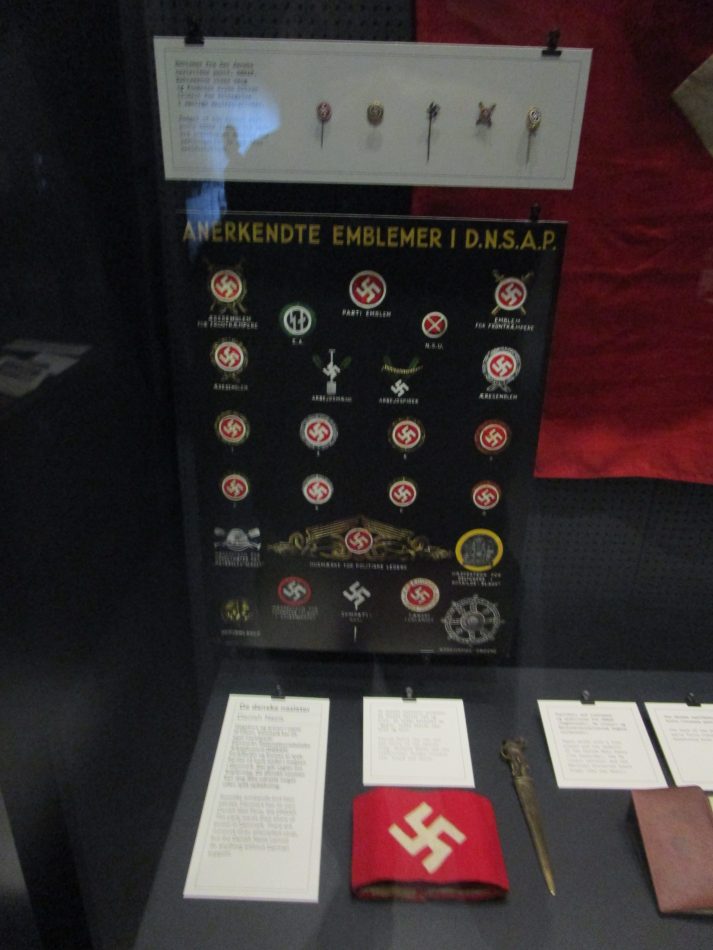


American wartime comic books that were available in Denmark.

The Germans acknowledged Denmark as a sovereign nation. They were allowed to maintain their military and intelligence service, which worked with the British against the Germans. The intelligence service smuggled microfilm out of the country through Stockholm and onto London.
Here is an interactive display involving encryption. It was quite popular when I visited.

As the war progressed into 1943 Danes believed that the Germans would lose the war and sabotage and rioting within Denmark increased. This worried the government and the King as they feared the Germans would intervene harshly.
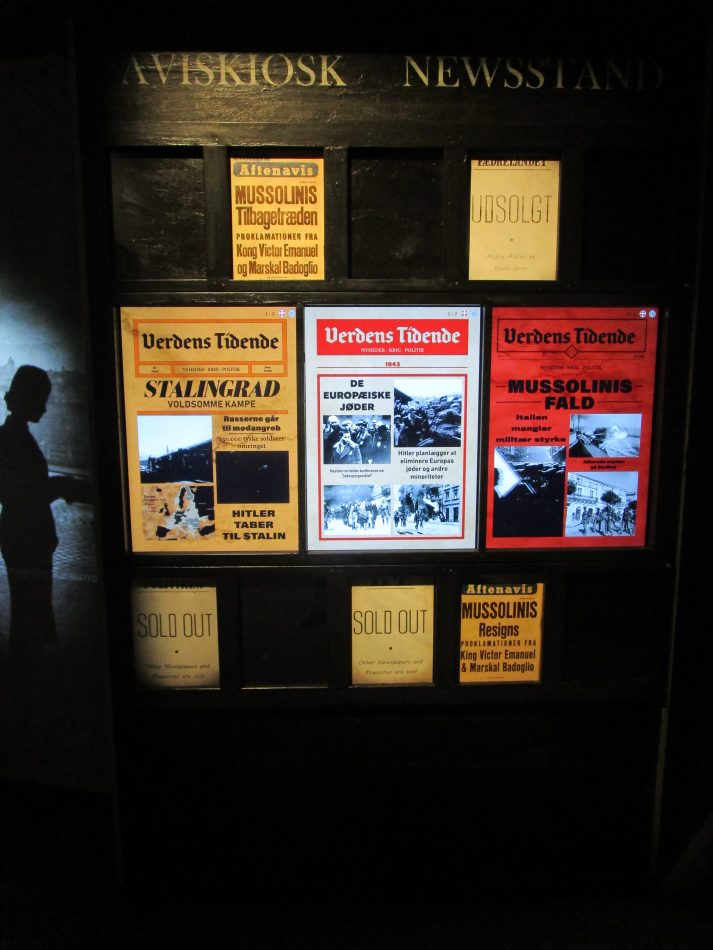
This was a cool interactive display where you were to signal an allied plane that was dropping supplies to the resistance. Rather dangerous work.
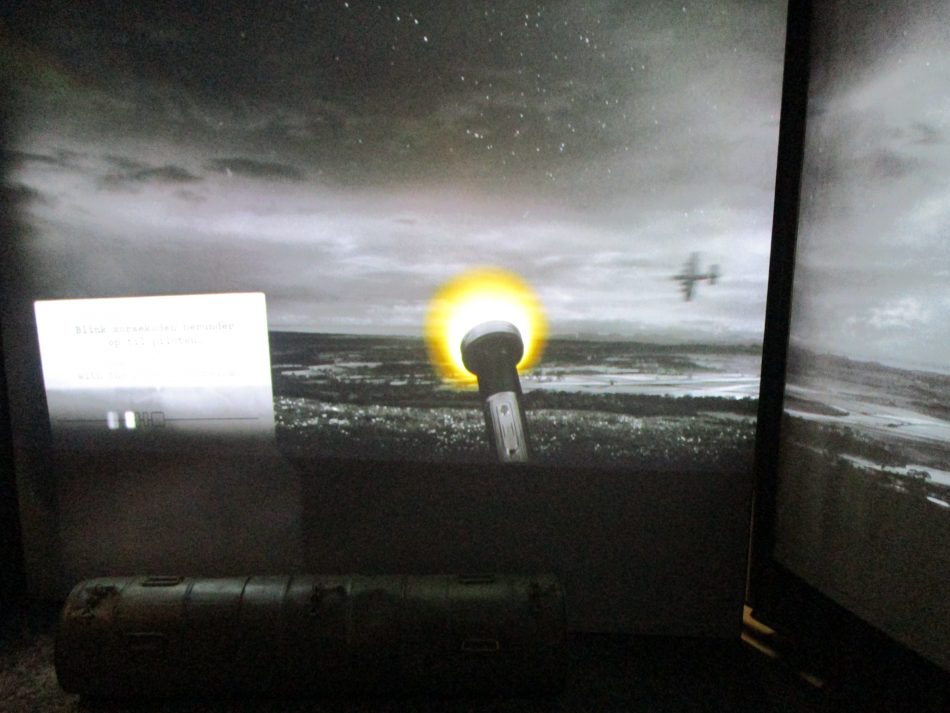
A railway line being prepared for demolition.
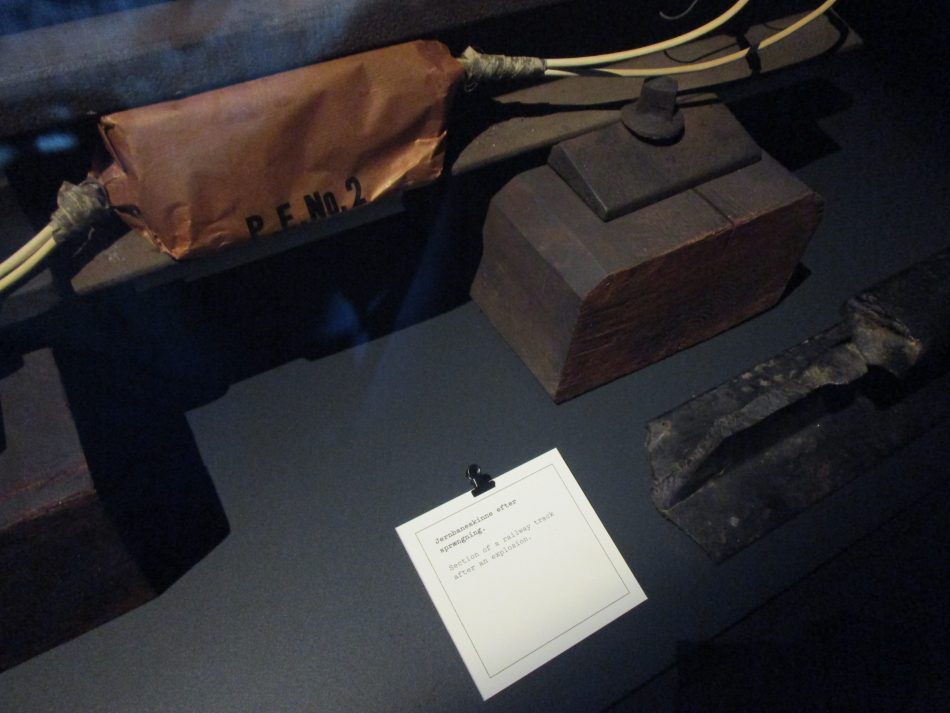
The planes dropped canisters of weapons, ammunition, and other supplies.
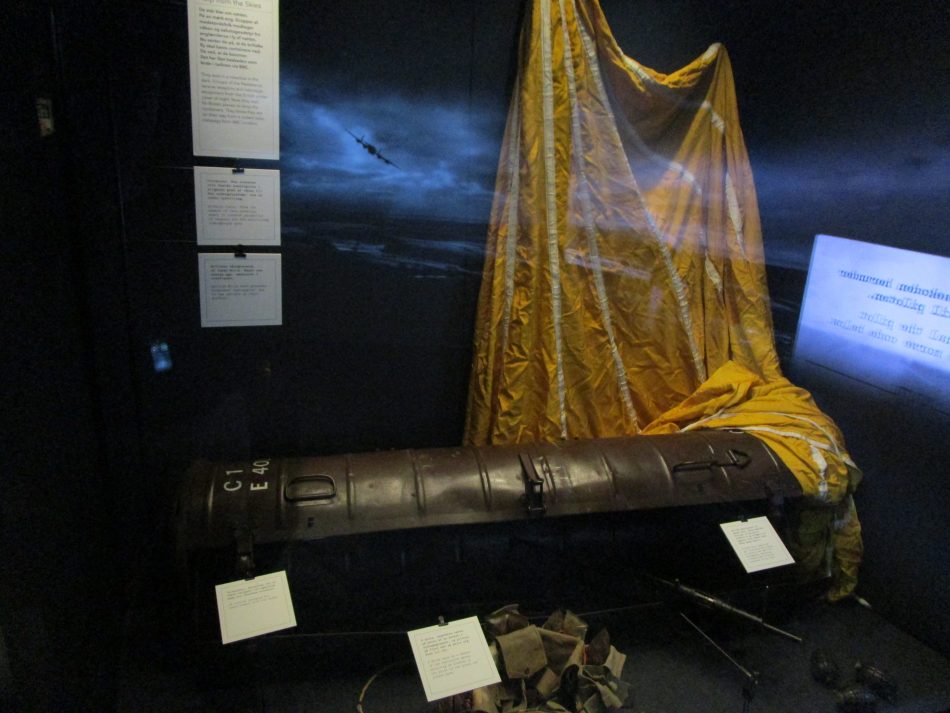
They had some displays of Danes in concentration camps. Here is a photo of a Red Cross package from one of the camps.
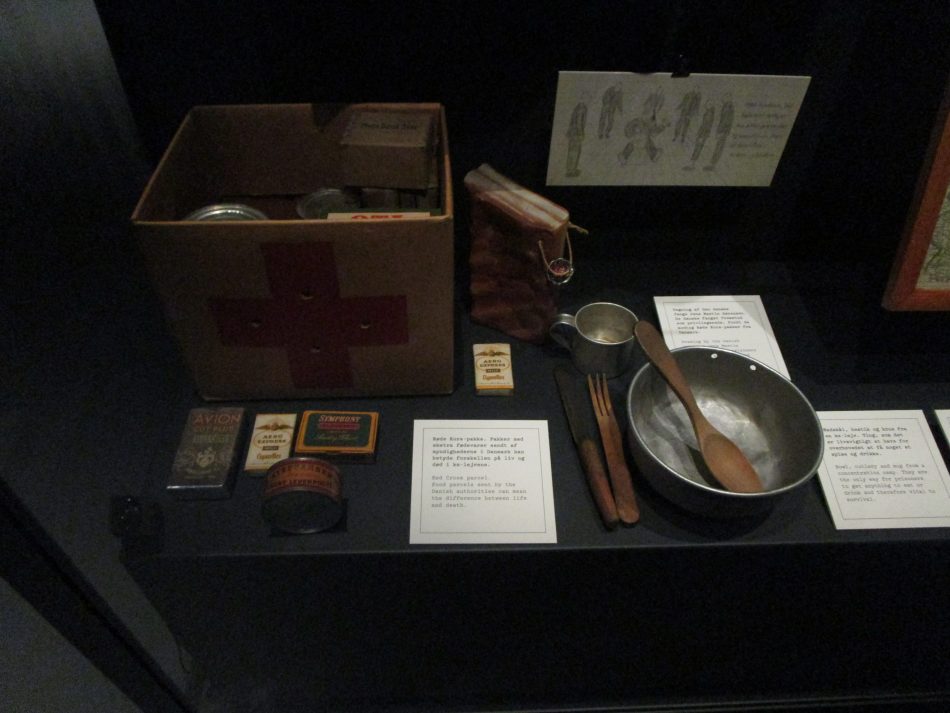
102 Dane resistance fighters were executed by firing squad, most of them late in the war. These are the actual posts that the victims were tied to.
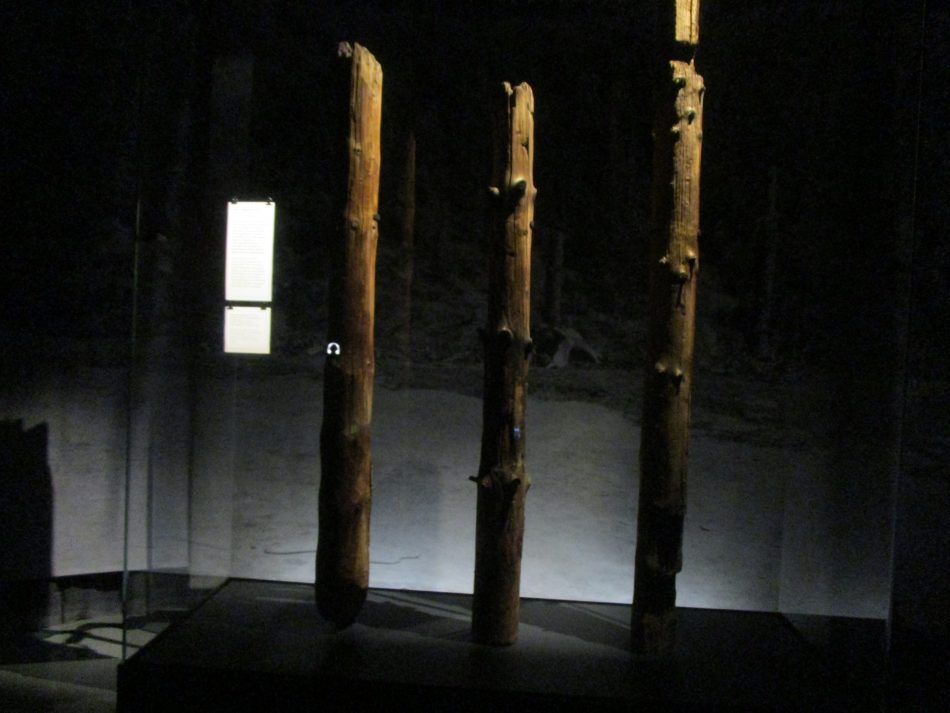
Monty biscuits. Note the caption saying that you can sell anything with a picture of Monty on it.
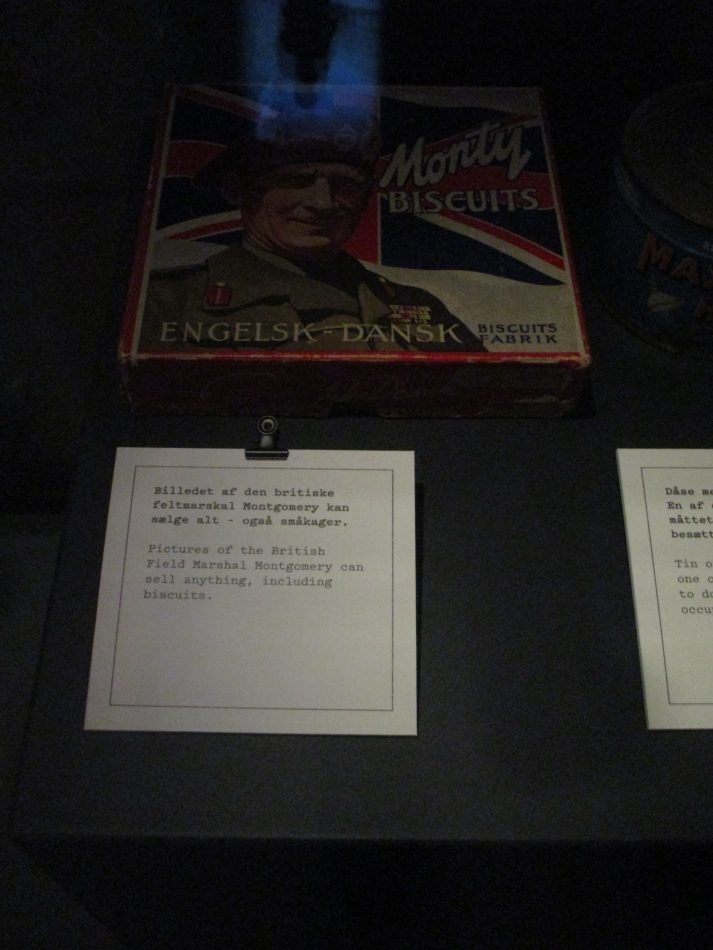
The liberation announcement.
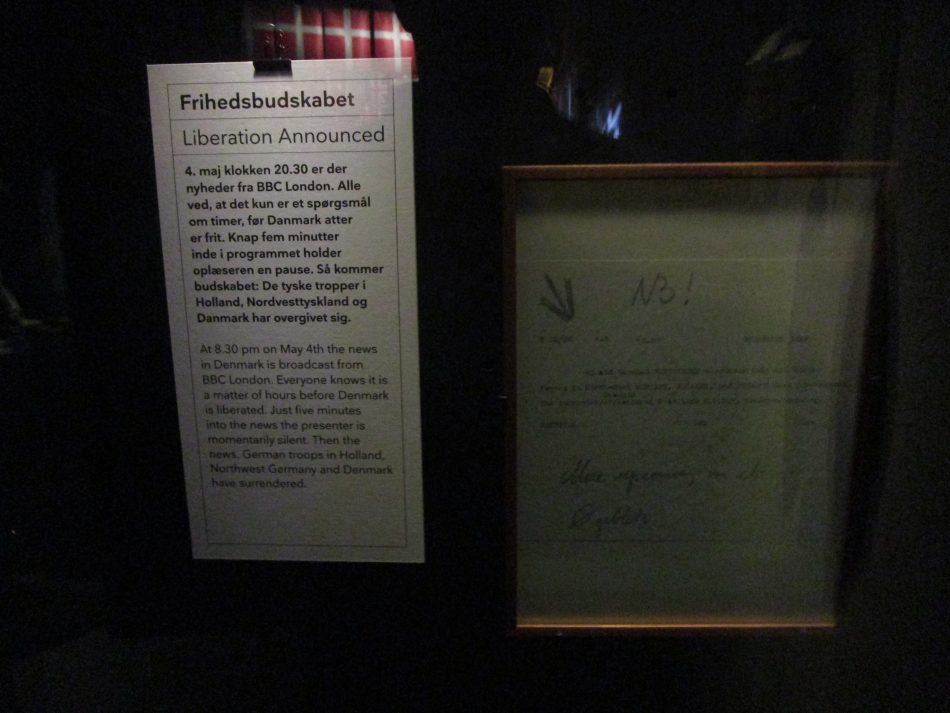
These were armbands worn by the Resistance fighters in the last days of the war as they routed out the Germans.

With the war at an end flags of Denmark and the Allies could be flown openly.
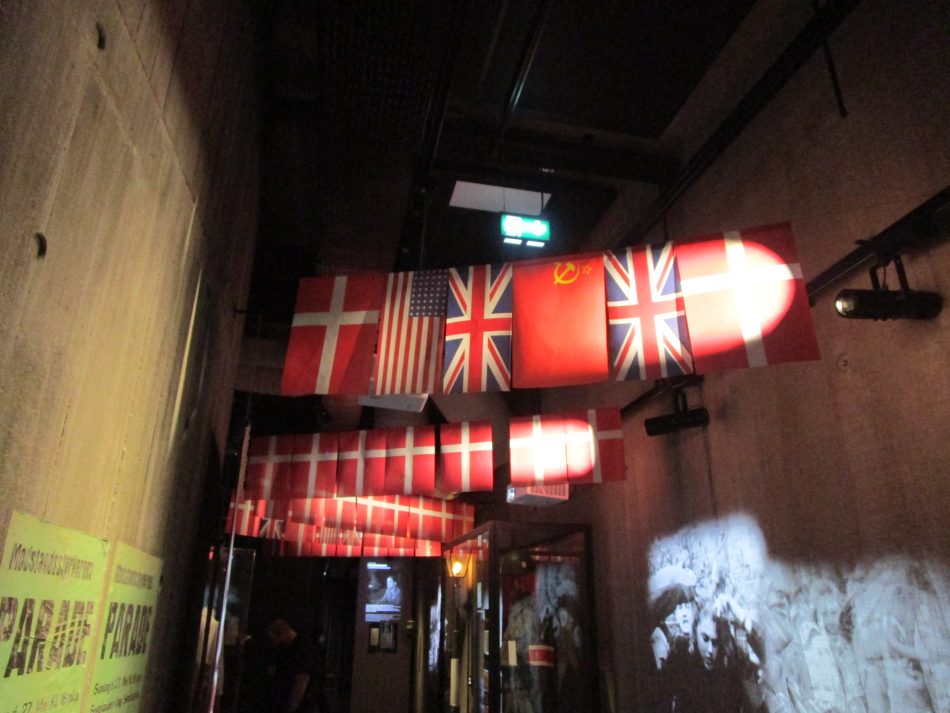
The announcement for the parade at the end of the war. Monty was the centerpiece of the parade.
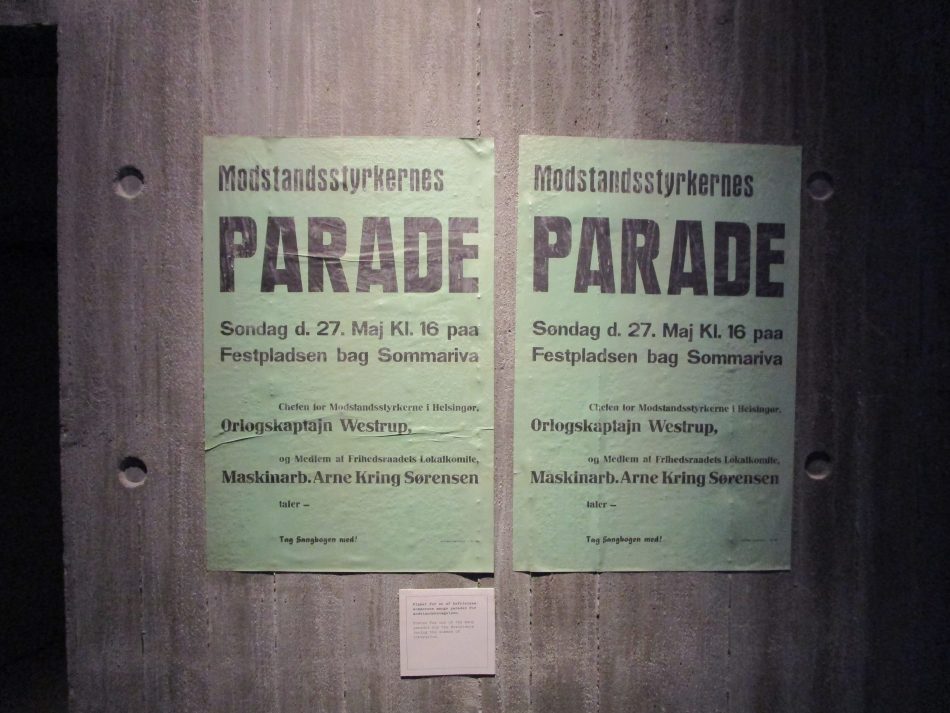
In all, I rather enjoyed the museum. I wish I had been to the previous edition so that I could compare the two. I’m sure, much like the museum in Aarhus the original museum was much less interactive and had more weaponry.
This vehicle was parked outside the original museum. I wonder what happened to it? I hope it didn’t burn to the ground along with the museum.
